Disclosure: This post may contain affiliate links. I may earn a small commission for my endorsement, recommendation, testimonial, and/or link to any products or services from this website.
A staple in Appalachian cuisine and now popular throughout the South, cathead biscuits are an easier, larger, more rustic version of the traditional buttermilk biscuit. There’s no need to roll or cut the dough — just pinch off portions, drop them in a skillet, and pop them in the oven!
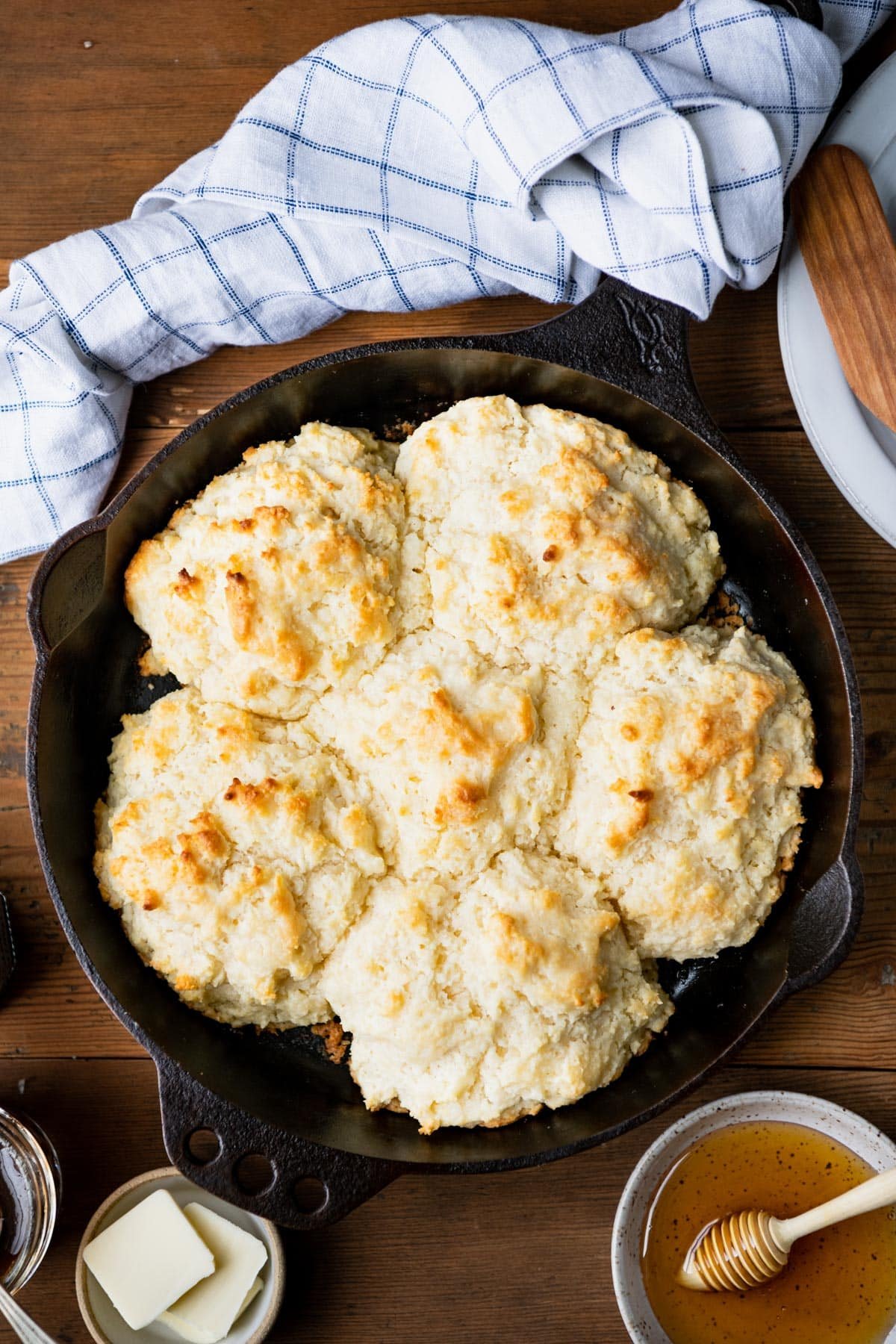
Table of Contents
Buttermilk biscuits find their way onto our breakfast or dinner table at least once or twice a week. From my great Aunt Bee’s 3-ingredient biscuits to cheddar biscuits with chives and bacon, or easy drop biscuits, there’s a recipe for every mood, meal, and occasion. These fluffy, oversized cathead biscuits are a personal favorite, since they taste delicious and come together so easily!
What is a Cathead Biscuit?
According to Joseph Dabney’s tome on the folklore and art of Southern Appalachian cooking, Smokehouse Ham, Spoon Bread & Scuppernong Wine, cathead biscuits are an “Appalachian phenomenon.” Distinguished from more traditional buttermilk biscuits, most “cats” were made by pinching off handfuls of dough, rather than rolling it out and using a biscuit cutter.
In other words, cathead biscuits are big, fluffy buttermilk drop biscuits! The Appalachian mountain people were particularly partial to these giant biscuits, traditionally served with sawmill gravy, butter, or a generous portion of homemade apple butter.
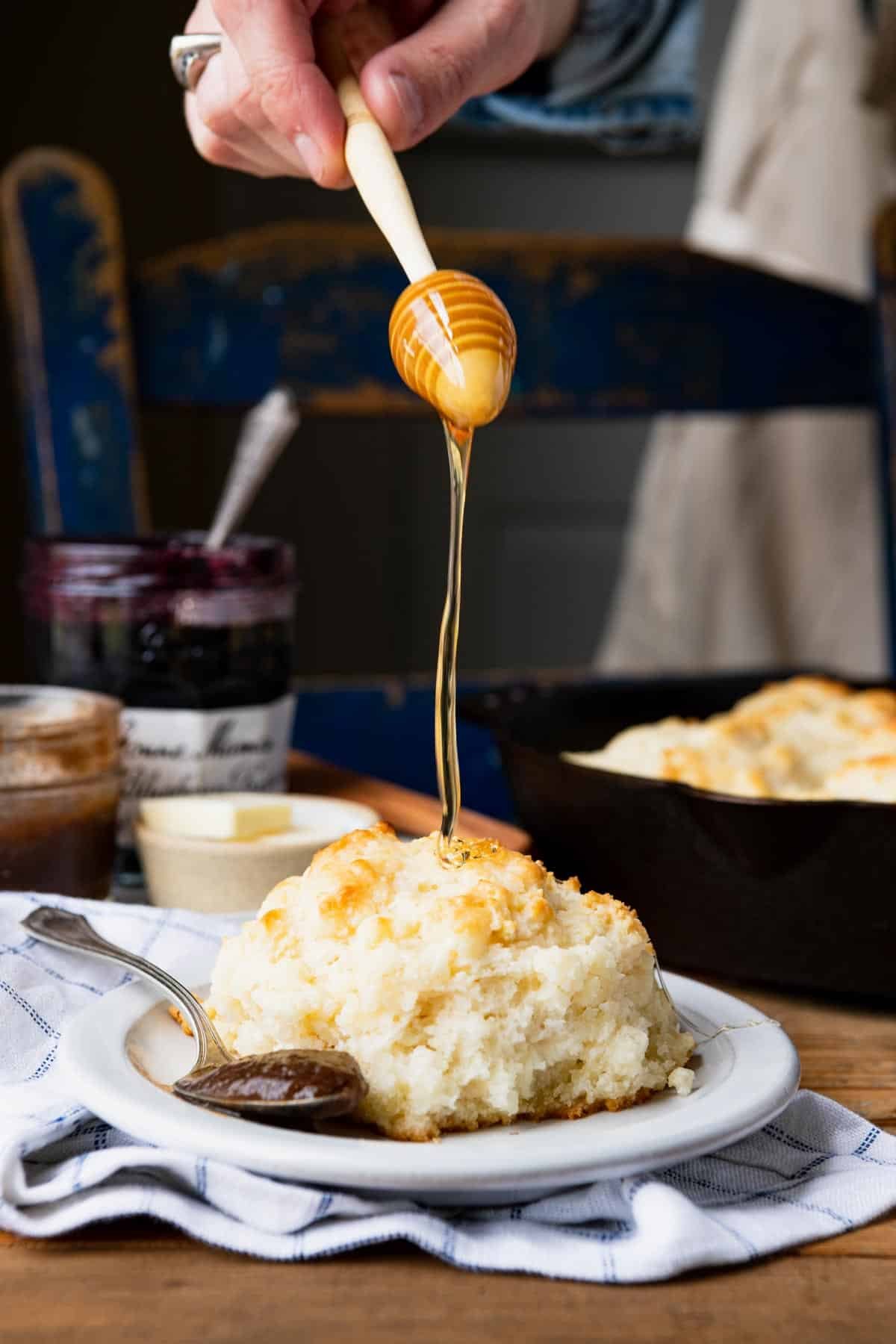
Why are they called cathead biscuits?
Cathead biscuits are giant, fluffy drop biscuits that get their name because they’re as big as a cat’s head!
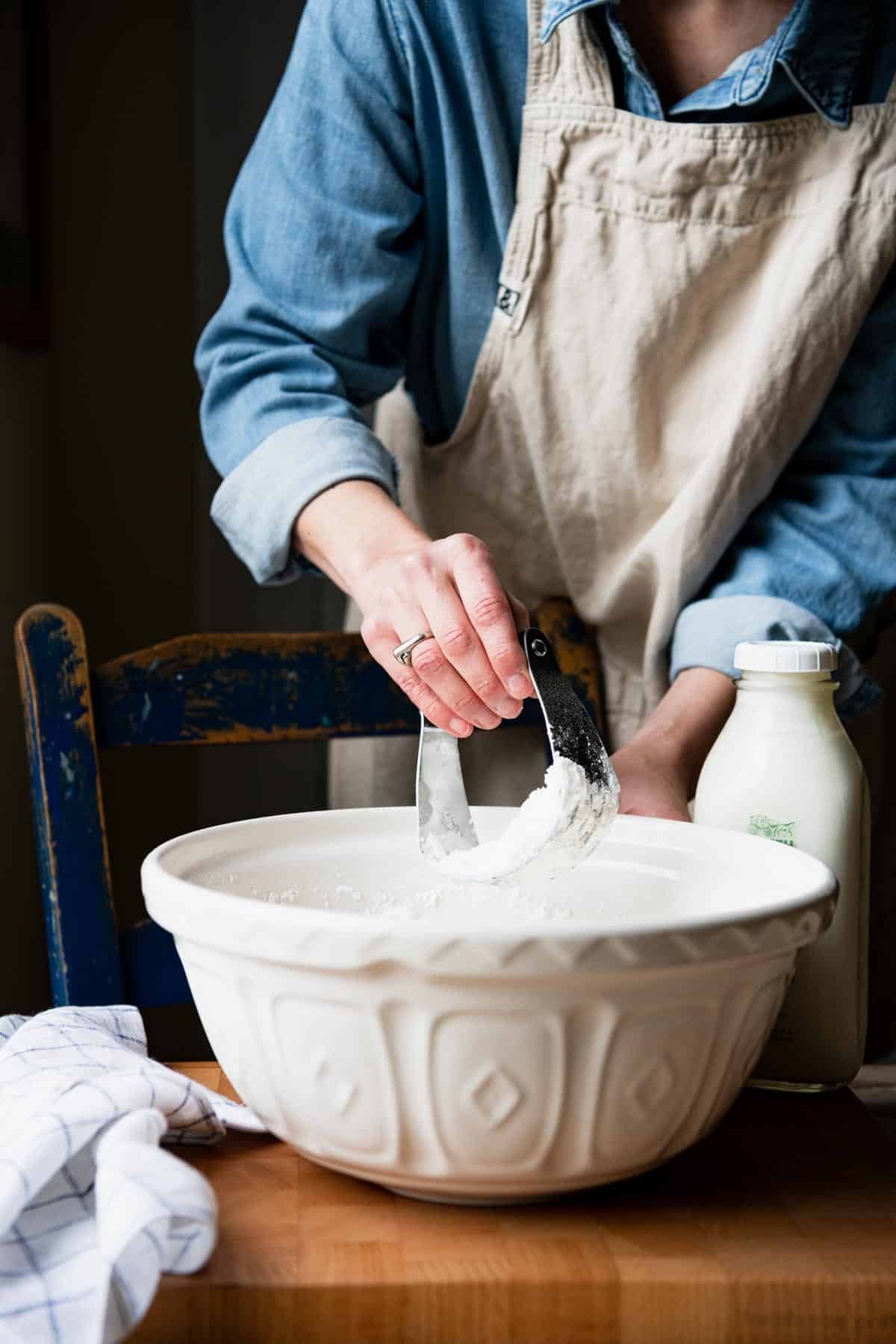
What makes biscuits not fluffy?
These biscuits are particularly fluffy, thanks to the buttermilk and leavening agents that work together to lift the dough. We’re not going for those flaky layers, which require very cold butter, so there’s no need to try to keep the ingredients chilled while you work the butter and shortening into the dry ingredients.
Use a wooden spoon to mix together the dough, rather than an electric mixer or food processor. The wooden spoon ensures that you don’t overmix the dough, which can activate too much of the gluten in the flour and therefore yield a biscuit that’s tough, dense, or dry rather than fluffy. Mix just until combined and you don’t see dry pockets of flour — then stop. Overworking the dough or adding too much flour makes biscuits not fluffy!
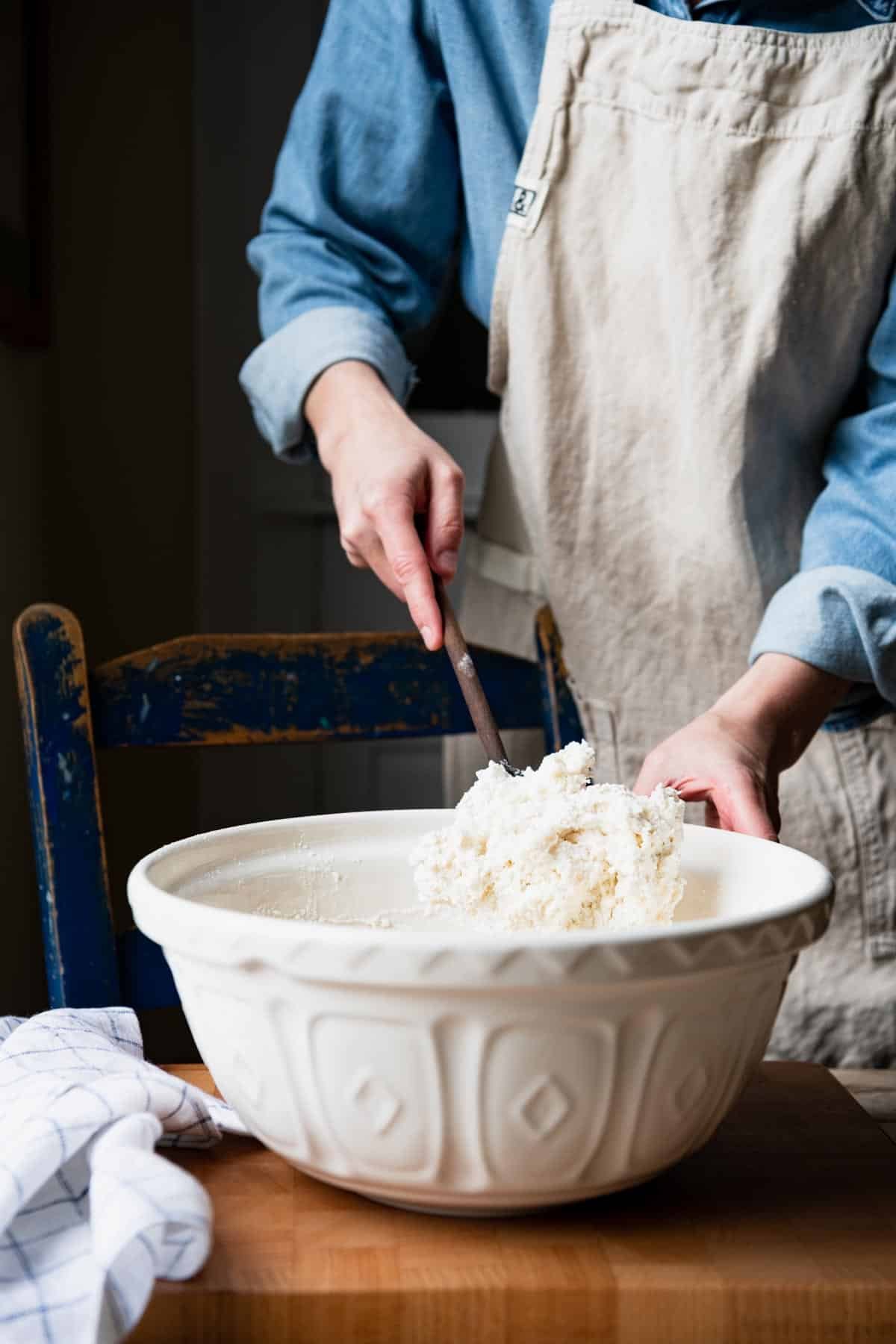
Ingredients
This is just a quick overview of the ingredients that you’ll need for a cast iron skillet of cathead biscuits. As always, specific measurements and step by step instructions are included in the printable recipe box at the bottom of the post.
- All-purpose flour: I prefer an extra-fine soft winter wheat flour made by White Lily. This low-protein, low-gluten flour gives biscuits that perfectly crisp-on-the-outside, light-on-the-inside texture.
- Baking powder and baking soda: the leavening agents that help the biscuits rise.
- Salt: just regular table salt here — not kosher salt or sea salt.
- Salted butter: I use salted butter, since that’s what I always keep in my kitchen. Unsalted butter works fine, too; you’ll just need to add about ¼ teaspoon of extra salt to the dough.
- Shortening (or lard): for puff! I use Crisco.
- Buttermilk: for its acidity, as well as its fat and liquid content. In conjunction with the leavening agents, the acidity helps the biscuits rise. The buttermilk also gives the biscuits a nice, subtle tanginess and a tender crumb.
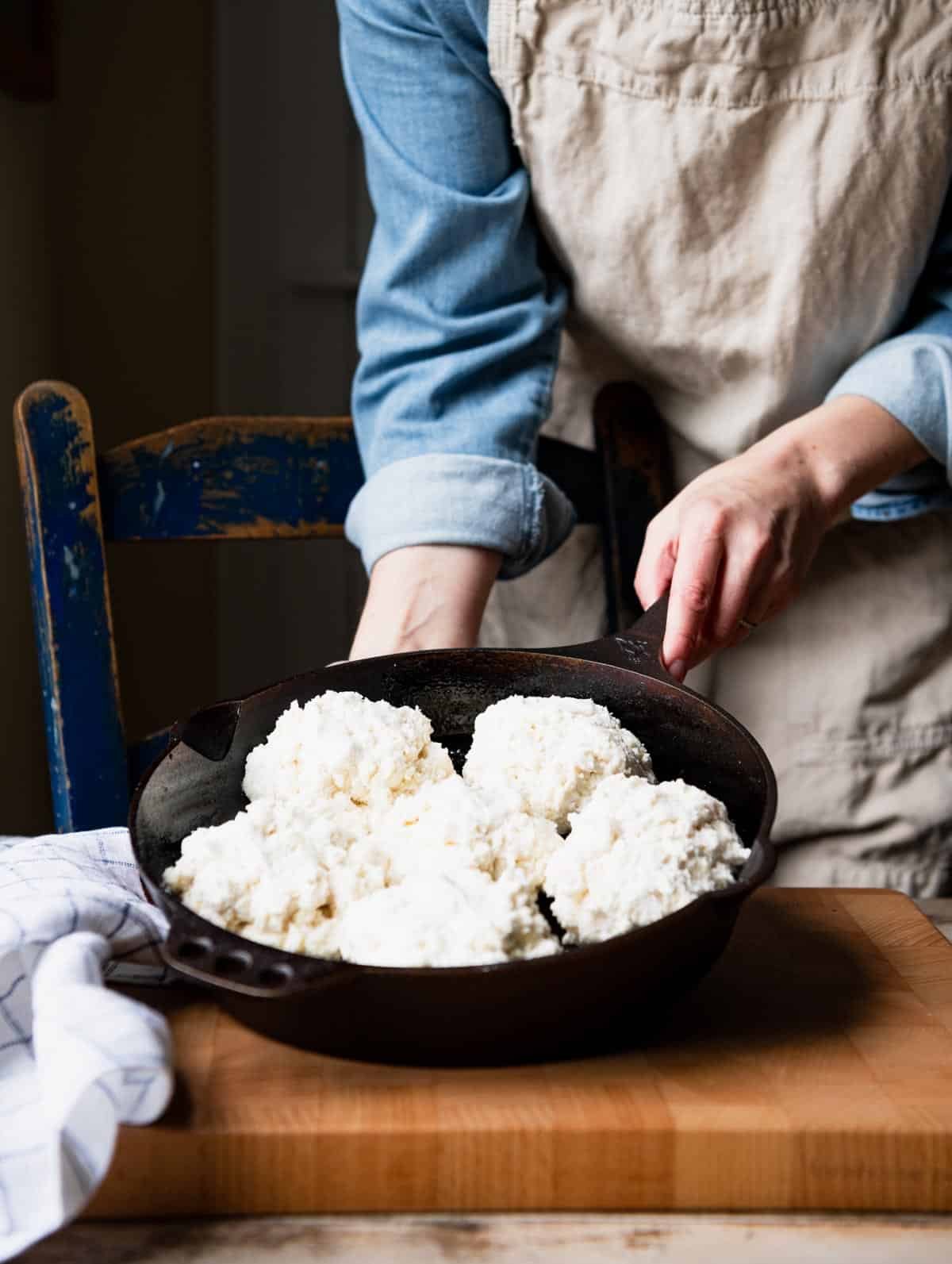
Shortening, Lard, or Butter in Biscuits?
The most traditional Southern home cooks will tell you that old-fashioned buttermilk biscuits were made with lard, which is a pork product and therefore has a nice flavor. You can substitute with lard instead of shortening in this recipe, if that’s your preference. The shortening (or lard) helps the biscuits get nice and puffy in the oven, while the butter adds great flavor. As a result, I think the best cathead biscuit includes both shortening (or lard) and butter.
If you only have butter in your house, you can omit the shortening and just use 3 extra tablespoons of butter. The texture will be slightly different, but the recipe should still work. Since the salted butter will add extra salt to the dough, you will likely want to decrease the salt by a little bit, too.
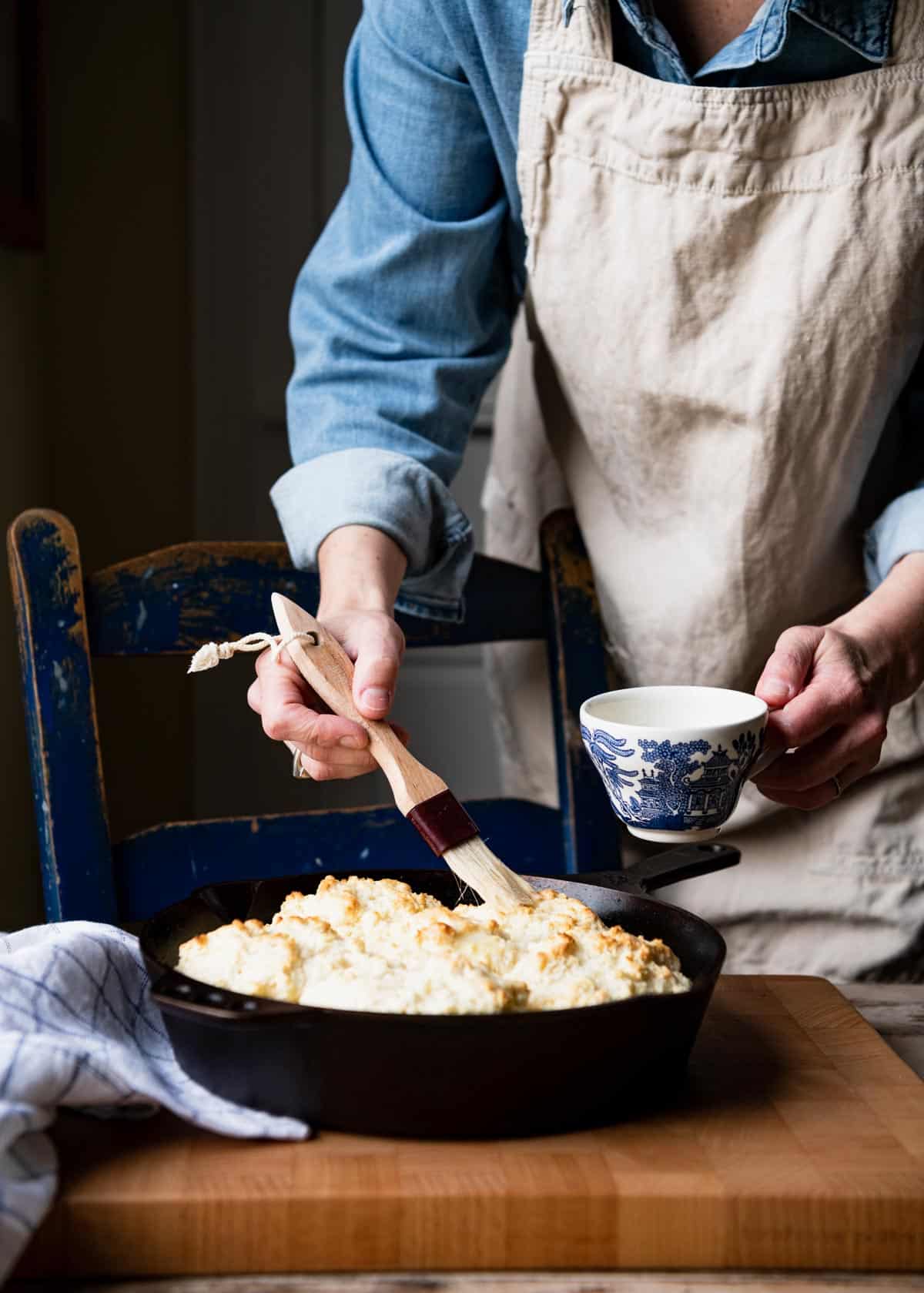
How to Make Cathead Biscuits
These fluffy cathead biscuits come together easily, and don’t require a rolling pin or a biscuit cutter. Whip up a batch of the cathead biscuits in cast iron for the ultimate texture — crisp on the outside and soft on the inside!
I’ve included the detailed directions in the recipe card below, but here’s the quick version:
- Whisk together the dry ingredients in a large mixing bowl.
- Cut in the butter and vegetable shortening.
- Stir in the buttermilk until a soft, shaggy, sticky dough comes together.
- Drop the dough in 6 large mounds in a greased cast iron skillet.
- Bake until golden brown.
- Brush with melted butter, and serve warm!
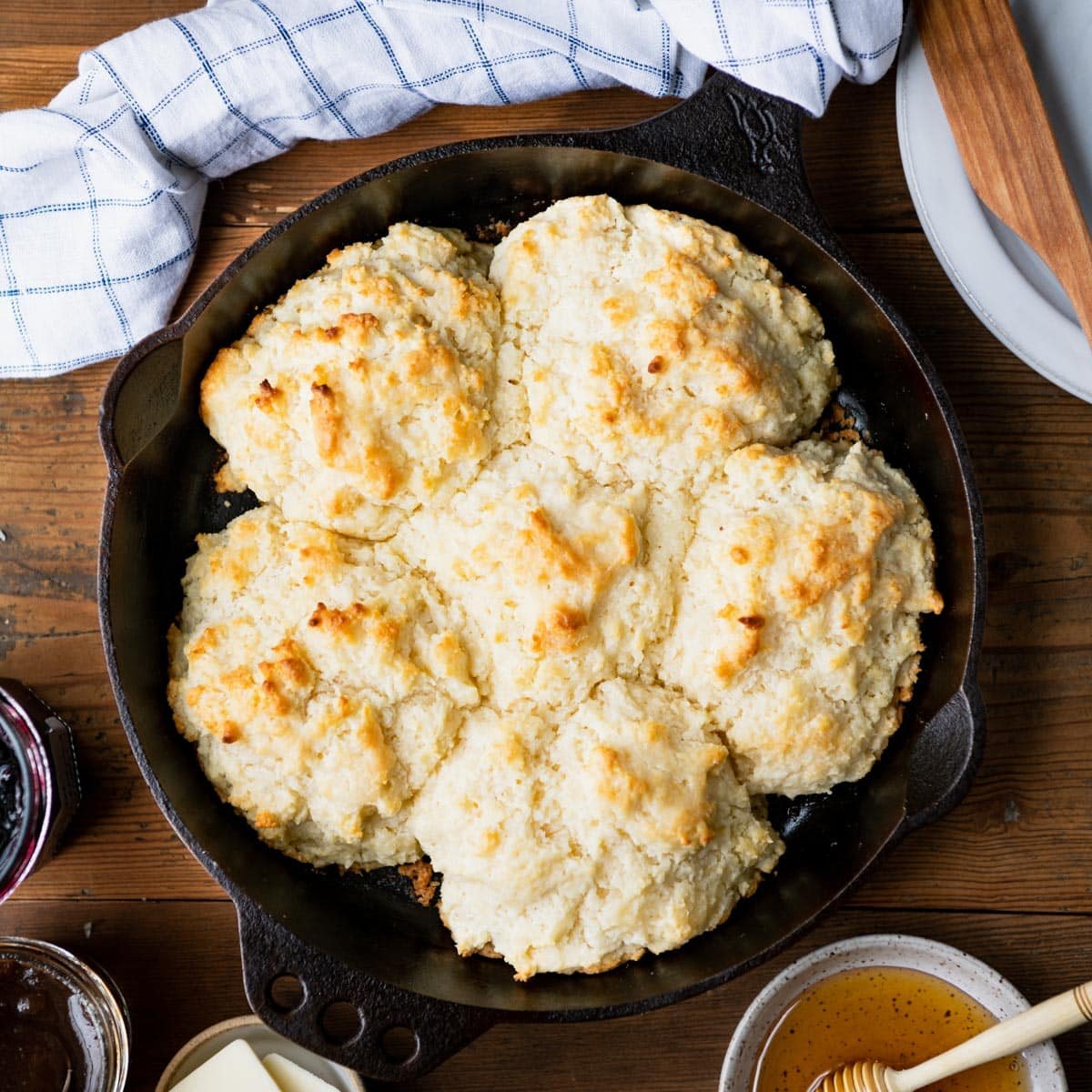
What to Serve with Homemade Cathead Biscuits
A cathead biscuit is one of those great comfort foods that’s suitable for just about any meal, at any time of day. Serve them on their own for breakfast with honey butter, jam, or apple butter. Add eggs on the side, use them to make an egg sandwich with sausage, bacon or cheese, or stir up a skillet of sausage gravy. In Virginia, country ham biscuits are a classic snack!
On the dinner table, here are some entrées that go well with homemade buttery biscuits:
- Chili (like this Slow Cooker Chili, Beef and Beer Chili, Classic Beef Chili, Slow Cooker White Chicken Chili, Crock Pot Buffalo Chicken Chili, White Bean Chicken Chili, Texas Chili, Ground Turkey Chili, or Pumpkin Chili)
- Soup (such as Ham and Bean Soup, Southern Black-Eyed Pea Soup, Beef Barley Soup, Crock Pot Potato Soup, Split Pea Soup with Ham, Chicken Noodle Soup, Pumpkin Soup, Chicken Vegetable Soup, Hamburger Soup, or Creamy Cauliflower Soup)
- Stews (like this Crock Pot Brunswick Stew, Crock Pot Chicken Stew, Irish Stew, Frogmore Stew, or Dutch Oven Beef Stew)
- Beans (such as Appalachian Pinto Beans and Turnip Greens, Old-Fashioned Southern Ham and Beans, Crock Pot Beans and Cornbread, Black-Eyed Peas, Homemade Baked Beans with Bacon, Southern Lima Beans with Ham, Ranch Style Beans, or Cowboy Baked Beans)
- Barbecue (like these Crock Pot Ribs, Pulled BBQ Chicken, Baked BBQ Chicken Thighs, Dutch Oven Beef BBQ, or Pulled Pork)
- Meat (try this Southern Meatloaf, Pan Fried Pork Chops, Oven-Fried Breaded Pork Chops, Dutch Oven Pot Roast, Pork Roast with Gravy, Rosemary Oven Roasted Chicken, or Crispy Roast Chicken with Vegetables)
- Seafood (such as Shrimp and Grits, Crab Cakes, and Shrimp Creole)
- Fried Favorites (such as Fried Chicken, Chicken Fried Steak, Fried Catfish, Oven-Fried Fish, Fried Oysters, or Fried Shrimp)
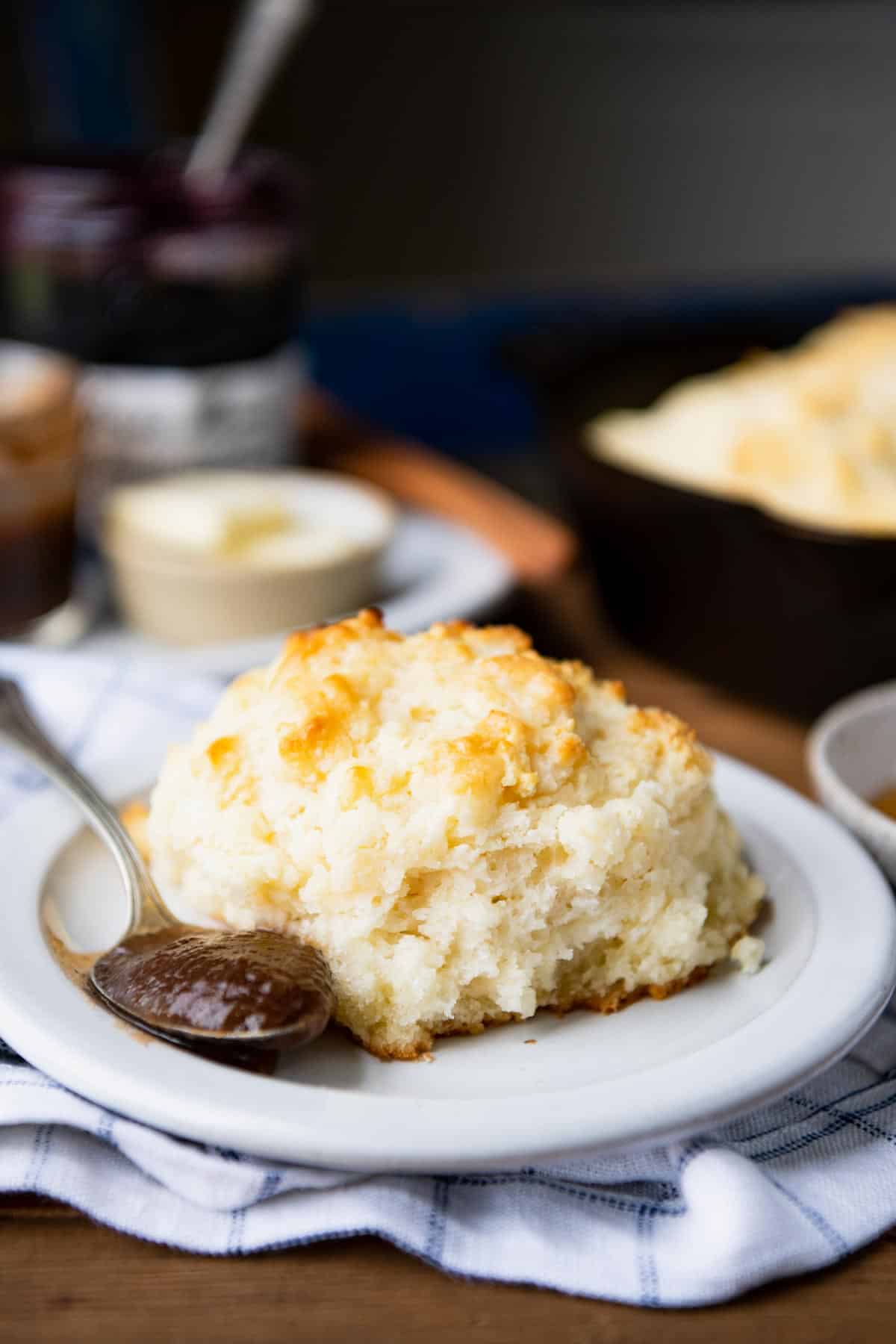
Preparation and Storage Tips
- Make Ahead: While they’re best served warm, straight from the oven, you can bake the biscuits up to 3 days in advance. Store them in an airtight container at room temperature.
- Reheat day-old biscuits by placing them on a baking sheet in a 300°F oven for about 10 minutes.
- How to Freeze: Allow the biscuits to cool to room temperature, then wrap tightly in an airtight container or Ziploc freezer bag and store in the freezer for up to 3 months. Thaw on the counter overnight or in the microwave for a few seconds.
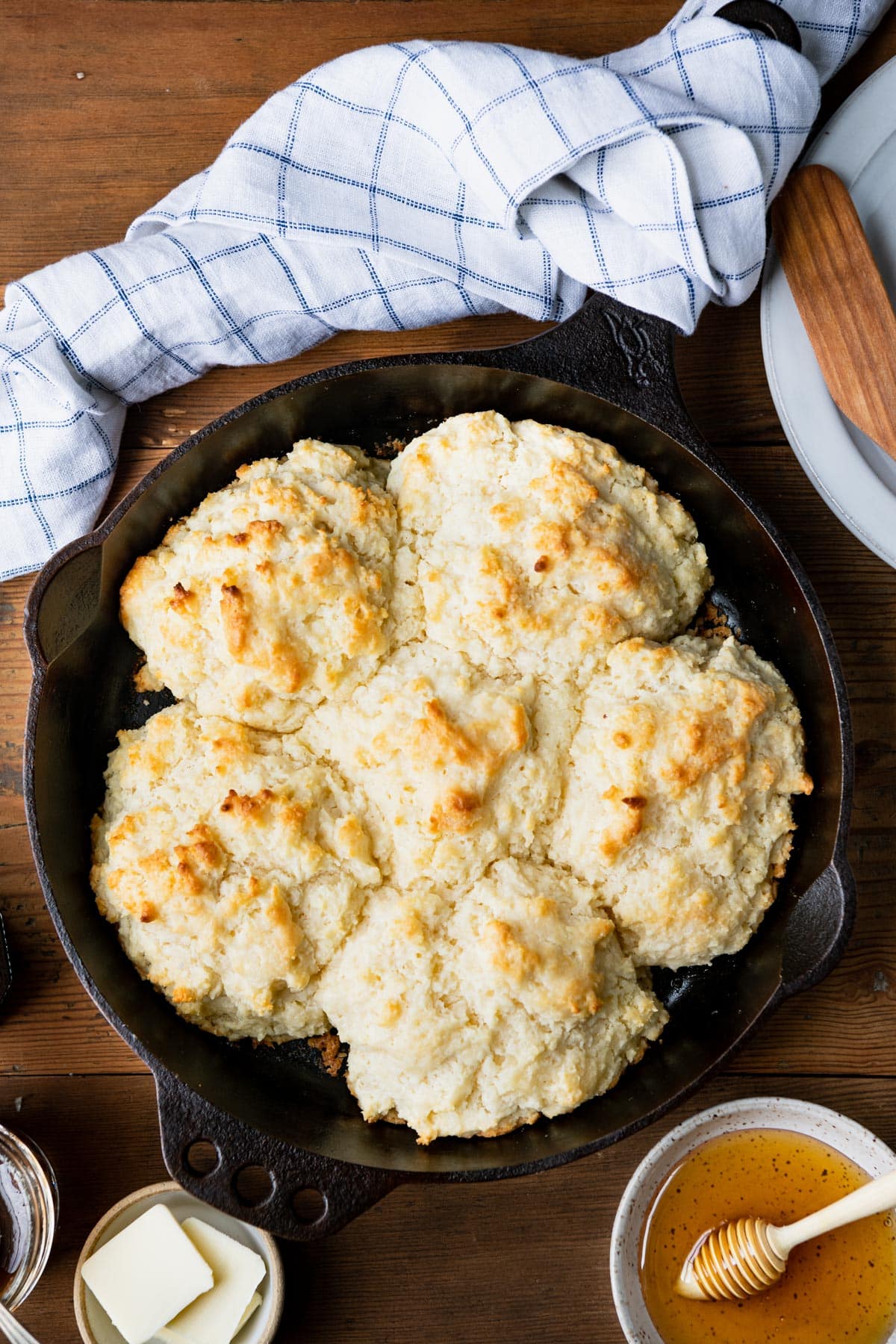
Recipe Variations
- Buttermilk substitutes: In a pinch, you can make your own buttermilk at home to use in this recipe. To do so, pour either 1 ½ tablespoons of freshly squeezed lemon juice or 1 ½ tablespoons of white vinegar into a large measuring cup. Add enough milk to equal 1 ½ cups of liquid. Give it a stir, let it sit for about 5 minutes, and then use it in the recipe as directed.
- Cathead biscuits without shortening: I use Crisco shortening for that great puffy, fluffy texture, but you can sub with lard or extra butter. If using extra salted butter, you’ll likely want to decrease the total salt added to the dough (try using just 1 teaspoon).
- Cathead cheese biscuits: add 1 ½ cups of grated sharp cheddar cheese into the biscuit dough. You might also like to mix in garlic powder, thyme, rosemary, or chives.
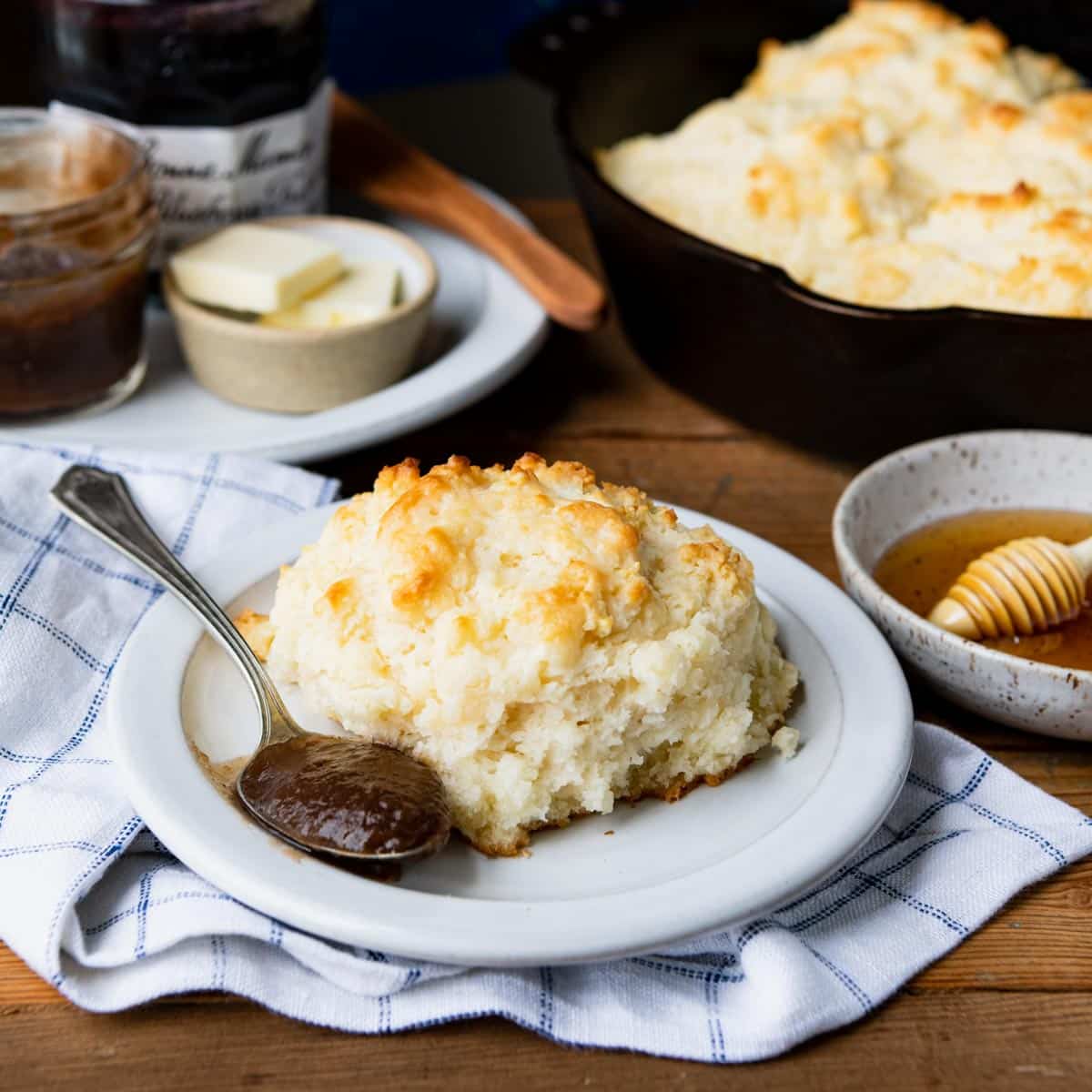
Tips for the Best Cathead Biscuit Recipe
- Do not overwork the dough. Use a wooden spoon or your hands to combine the ingredients just until you no longer see dry pockets of flour — then stop. Otherwise you can end up with dry, dense, or tough biscuits.
- Bake the biscuits in a 10-inch cast iron skillet for the best texture. The cast iron retains and evenly distributes heat, so the biscuits get nice and crispy on the outside, but stay fluffy and soft on the inside.
- If you don’t have a 10-inch cast iron skillet, drop the biscuit dough into a deep 9-inch or 8-inch cake pan, or another 2-quart baking dish.
- Brush with melted butter. A quick swipe of melted butter adds a ton of rich flavor and buttery taste to the warm biscuits.
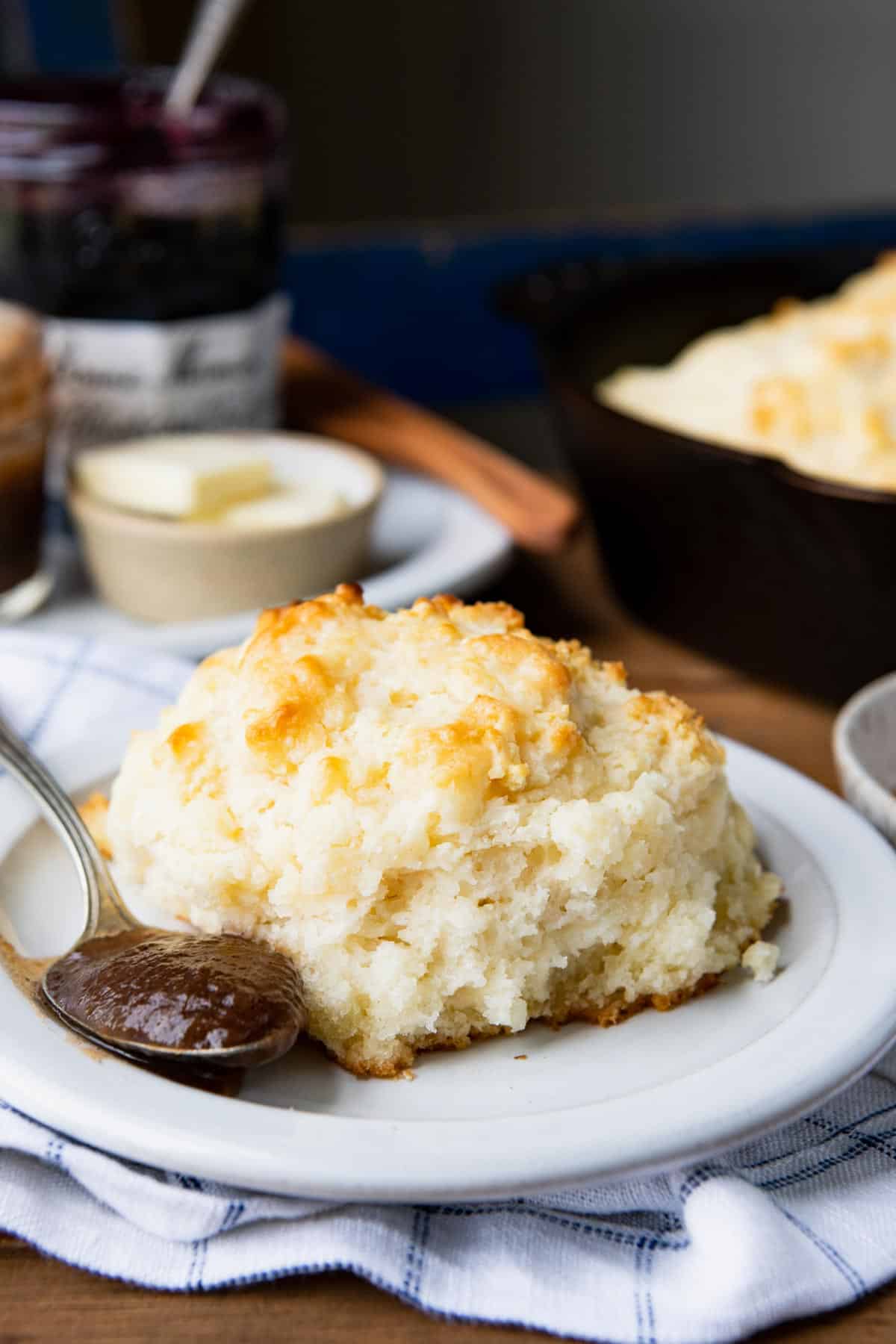
More Easy Biscuit Recipes to Try
Flaky Biscuits {a Farmhouse Favorite!}
45 minutes mins
Angel Biscuits
2 hours hrs 30 minutes mins
3-Ingredient Buttermilk Biscuits
50 minutes mins
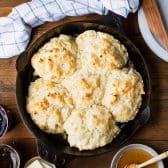
Cathead Biscuits
Ingredients
- 3 cups all-purpose flour (I prefer White Lily brand)
- 1 tablespoon baking powder
- ½ teaspoon baking soda
- 1 ¼ teaspoons salt
- ½ cup (1 stick) salted butter, diced into small pieces
- 3 tablespoons shortening (such as Crisco), diced into small pieces
- 1 ½ cups whole buttermilk, well shaken
- 2 tablespoons melted salted butter, for brushing the tops
Instructions
- Place the oven rack in the upper-middle position. Preheat the oven to 425°F. Grease a 10-inch cast iron skillet or spray with cooking spray (or use an 8-inch or 9-inch round cake pan instead). Set aside.
- In a large bowl, whisk together flour, baking powder, baking soda, and salt. Add the diced butter and diced shortening. Use your fingers, a pastry cutter, or a fork to work the butter and shortening into the flour mixture until it resembles a coarse meal.
- Add the cold buttermilk; stir with a wooden spoon until the dough is combined (do not overmix). It will be sticky, which is fine!
- Drop six equal mounds of dough into the prepared skillet (these can be rustic and shaggy – no need to roll or smooth them out).
- Transfer the skillet to the oven and bake until golden brown, 20-25 minutes.
- Brush the warm biscuits with the melted butter. Let stand for about 5 minutes, and then serve warm.
Notes
-
- Do not overwork the dough. Use a wooden spoon or your hands to combine the ingredients just until you no longer see dry pockets of flour — then stop. Otherwise you can end up with dry, dense, or tough biscuits.
-
- Bake the biscuits in a 10-inch cast iron skillet for the best texture. The cast iron retains and evenly distributes heat, so the biscuits get nice and crispy on the outside, but stay fluffy and soft on the inside.
-
- If you don’t have a 10-inch cast iron skillet, drop the biscuit dough into a deep 9-inch or 8-inch cake pan, or another 2-quart baking dish.
-
- Brush with melted butter. A quick swipe of melted butter adds a ton of rich flavor and buttery taste to the warm biscuits.
- Buttermilk substitutes: In a pinch, you can make your own buttermilk at home to use in this recipe. To do so, pour either 1 ½ tablespoons of freshly squeezed lemon juice or 1 ½ tablespoons of white vinegar into a large measuring cup. Add enough milk to equal 1 ½ cups of liquid. Give it a stir, let it sit for about 5 minutes, and then use it in the recipe as directed!
-
- Cathead biscuits without shortening: I use Crisco shortening for that great puffy, fluffy texture, but you can sub with lard or extra butter. If using extra salted butter, you’ll likely want to decrease the total salt added to the dough (try using just 1 teaspoon).
- Recipe slightly adapted from Smoke, Roots, Mountain, Harvest by Lauren McDuffie.
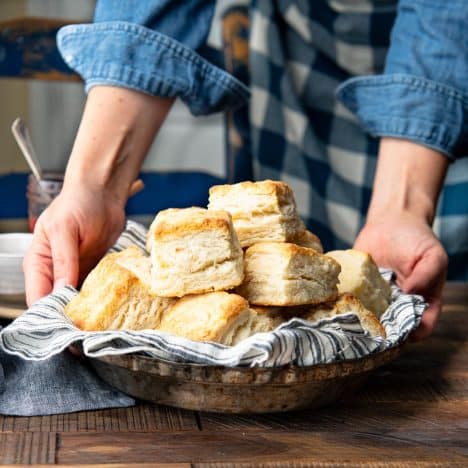
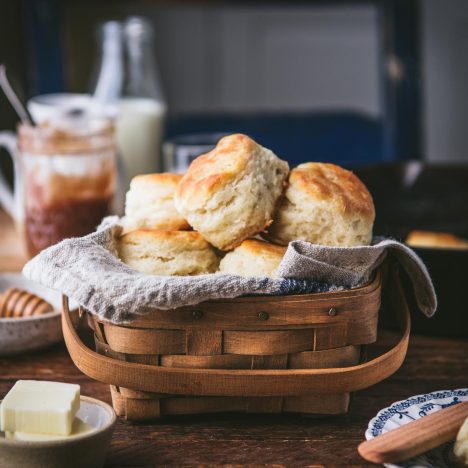
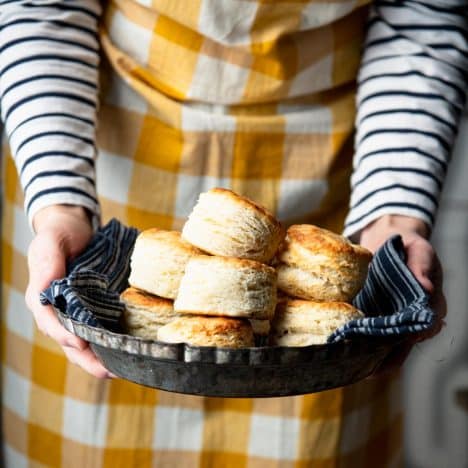
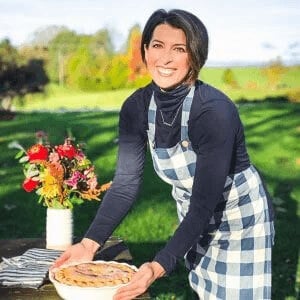
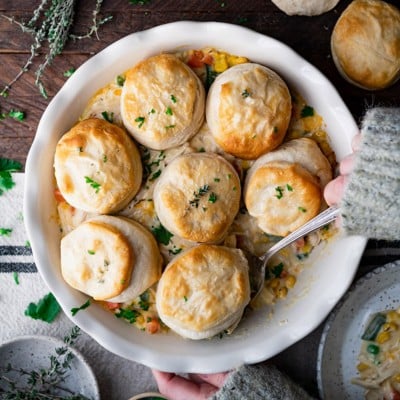
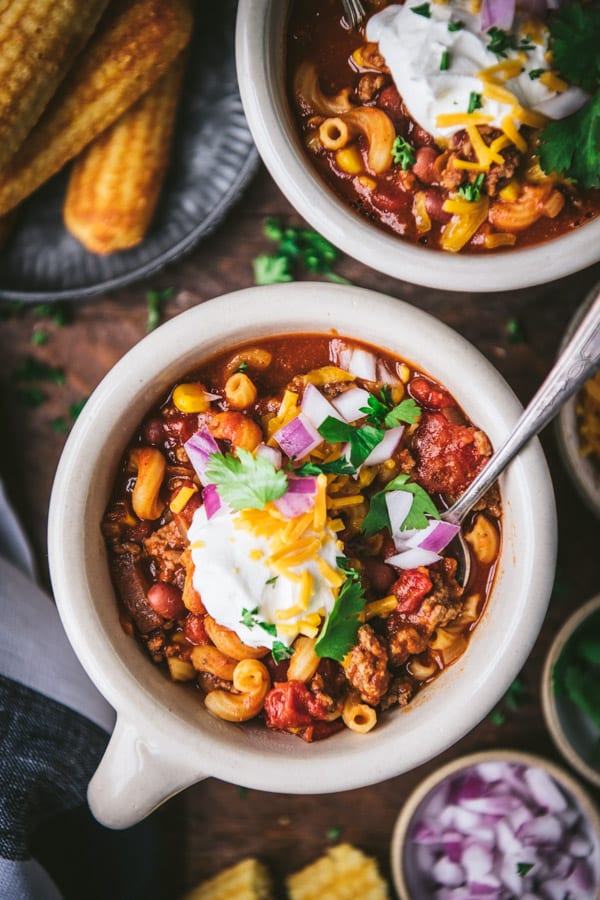
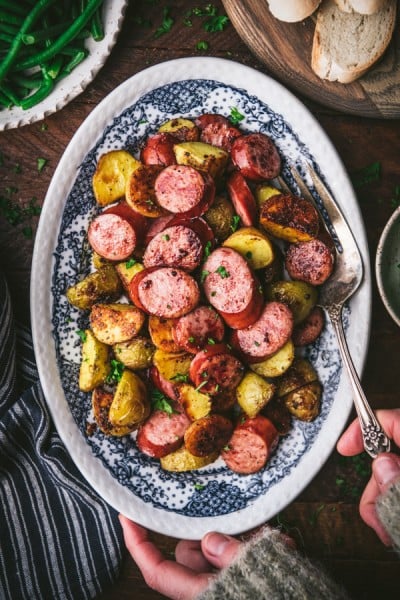








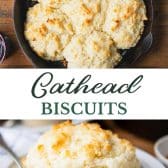
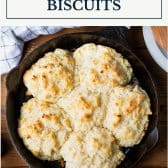
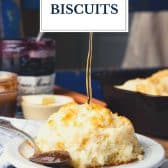
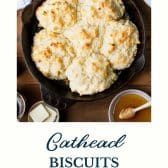
I was disappointed in this recipe due to the weightiness of the biscuits. I found the dough to be a bit too dry and crumbly to easily place in the pan. I used an iron skillet as recommended.
Biscuits weighty? That’s because you overworked the dough and developed too much gluten. Try using a spatula next time to bring the dough together – gently! I found the biscuits to be extremely light and fluffy. Too dry and crumbly? Add a touch more buttermilk. Scooping them out with an ice cream scoop – use the #12 green handle scoop – makes life easier. I got 10 nicely shaped biscuits with the #12 – 8 around the perimeter and 2 in the centre. Nice recipe – definitely a keeper. I like this style biscuit a lot more than the flaky variety.
Great tips, Bryan. Thank you!
Sorry, these biscuits were disgusting. They did not stick together at all. And no, I didn’t overwork the dough. They ruined my beef stew